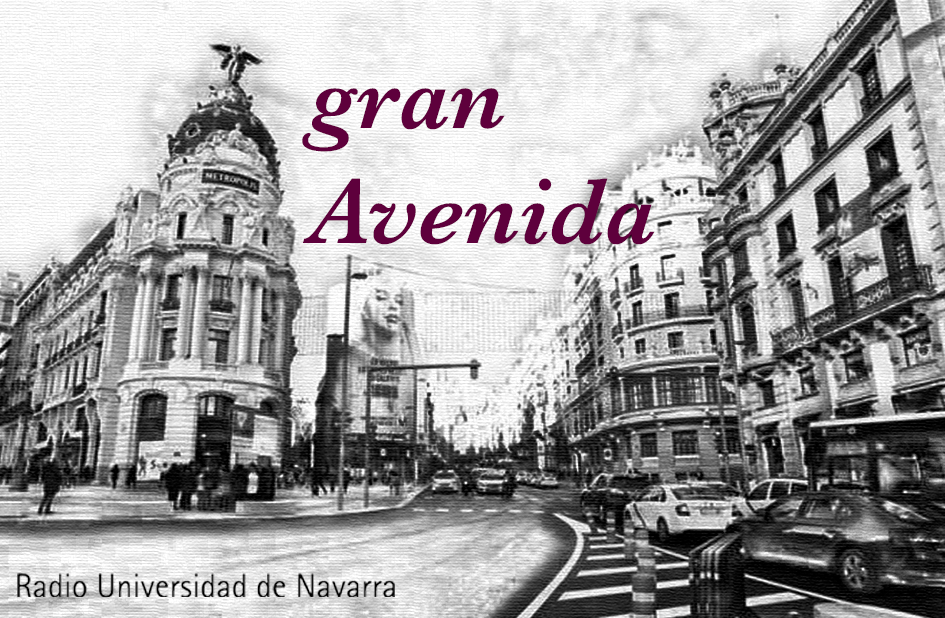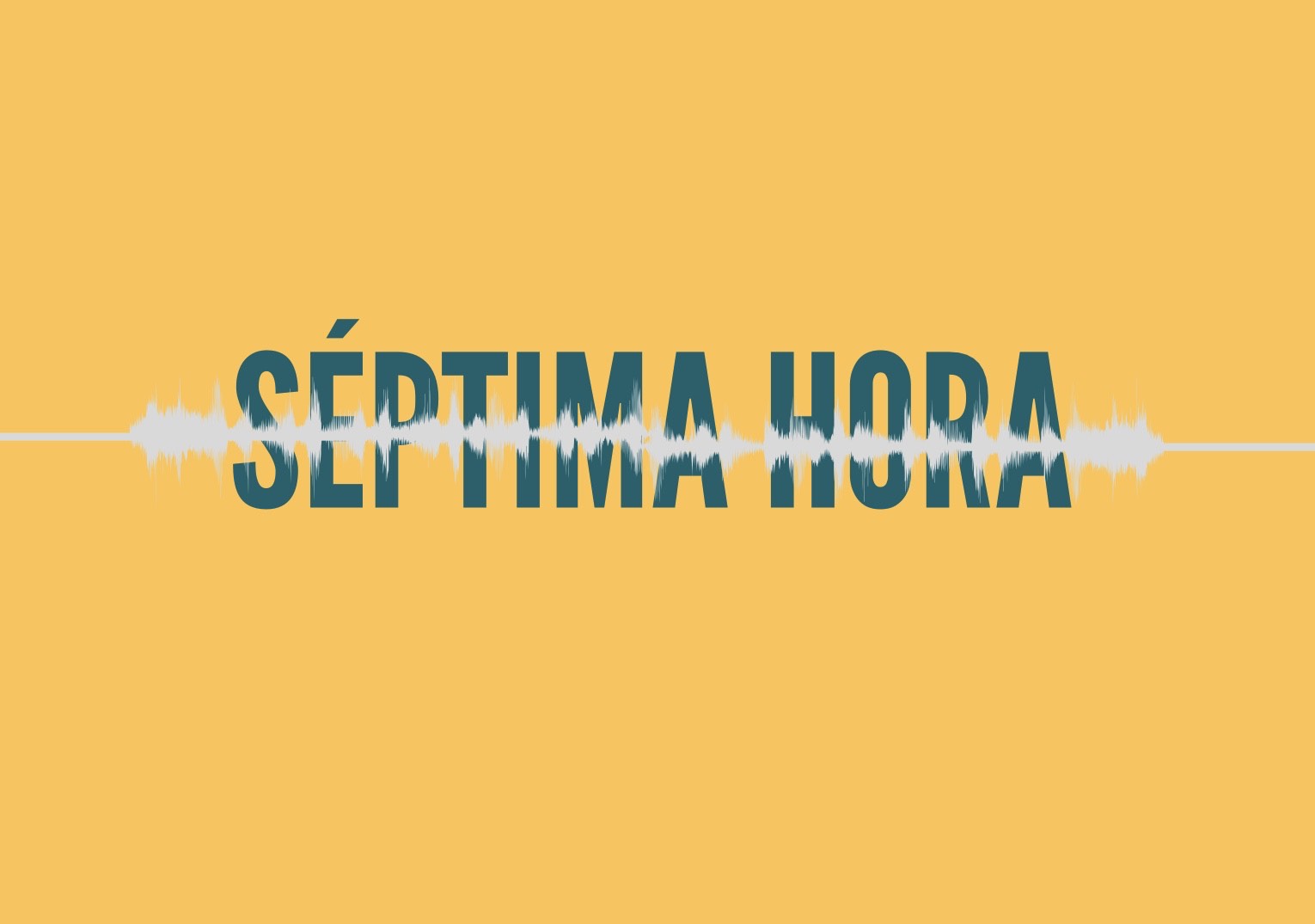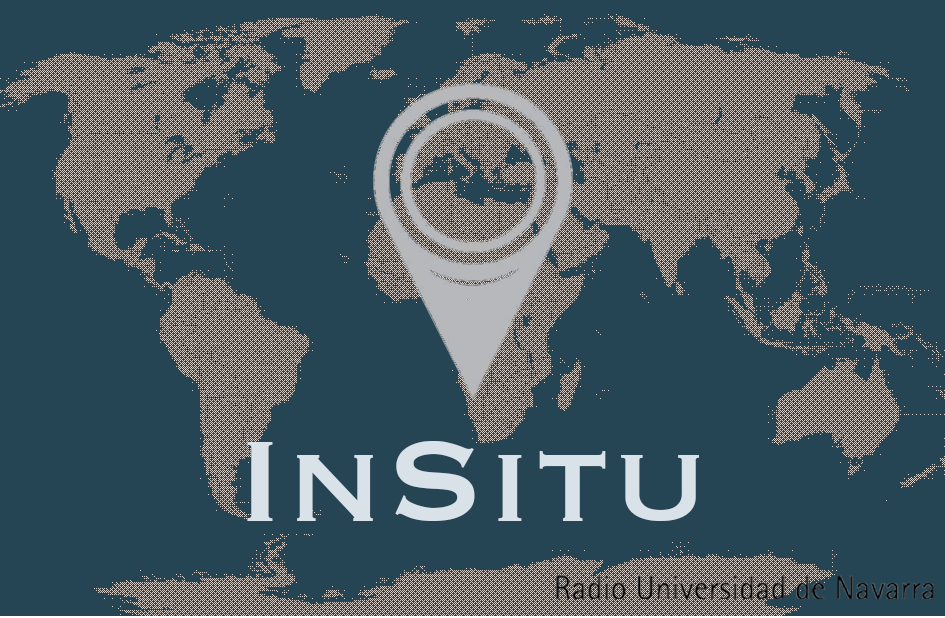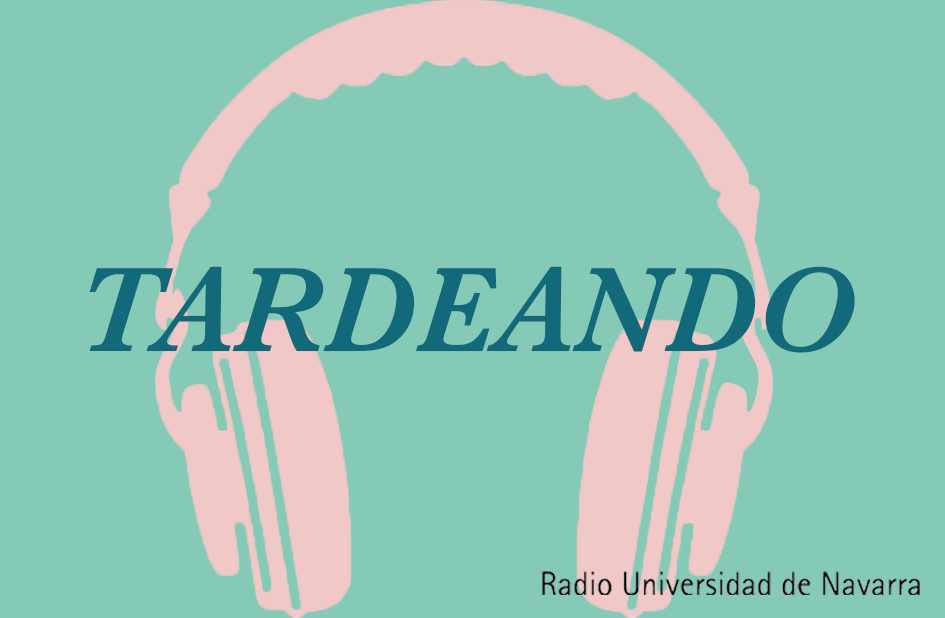The challenge of making a magazine with video calls
If it is usually difficult for a journalism student to make a good magazine program, this year the students of subject of Radio Genres and Programs had it even more complicated. The new protocols for the COVID-19 only allowed one person to enter the room, and this meant that both the other members of group and all the guests had to connect to the program from a distance.
On Mondays, the group to position of journalist and professor José Ramón Díez Unzueta (Txerra), developed a program focused on current affairs in which the voices of others and the opinions of experts predominated. Although it was difficult for them to adjust to the way of doing radio from a distance, they managed to successfully carry out these practices.
The second and third group had their practices on Tuesdays. The journalist Azul Tejerina, directed the students of the magazine The new realityin which they had two students participating from Latin America. A status that allowed them to address issues from the other side of the pond.
The other program on Tuesday, supervised by journalist Mikel Segovia, conducted A micro abiertowith a somewhat more relaxed format than the previous ones and with a section dedicated solely to tennis.

On Wednesdays it was the turn of two of María Pilar Martínez Costa's groups. The first one, Gran avenidaa magazine in which each week a community of neighbors put the point of view on a different topic , such as, for example, the U.S. elections , the Zinemaldia festival or old age. Each area of the building left room for an original way of looking inside the topic from different perspectives.

The second, developed Seventh Houra program much more focused on culture, which dealt with the seven arts. Its main sections consisted of a talk show with experts, a sound tour of museums and exhibitions in Navarra, and a final interview with an artist or scholar related to topic of the previous tour.

As we approached the weekend, the subject matter became more bearable, but there was still room for journalism. On Thursdays it was the turn of In Situa program that included everything from politics in "El hemiciclo" to cultural and sports topics in "El patio de butacas" and "La cancha". The program ended with an interview to the Fcomer of the week.

And to close the week, came Tardeandoa very Friday magazine with a relaxed and relaxed tone, in which we talked about current affairs, but also about music and art with a brief discussion between students or alumni of the university, who had to face a final quiz.
Amidst constant difficulties and doubts, at the beginning of semester it was not clear how far the classes and face-to-face practices could go at programs of study radio. However, the students of these seven groups have shown that it is possible to do interesting and entertaining journalism, even from a distance.
